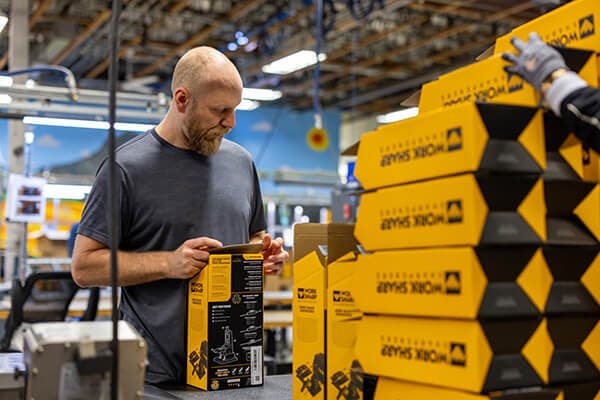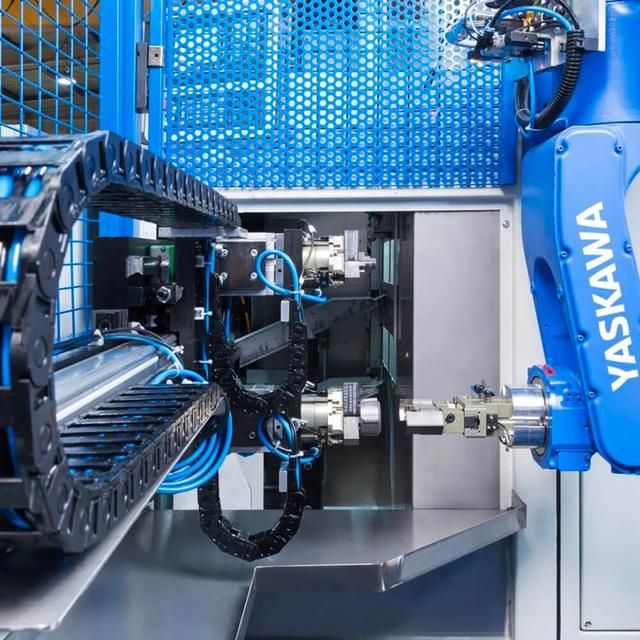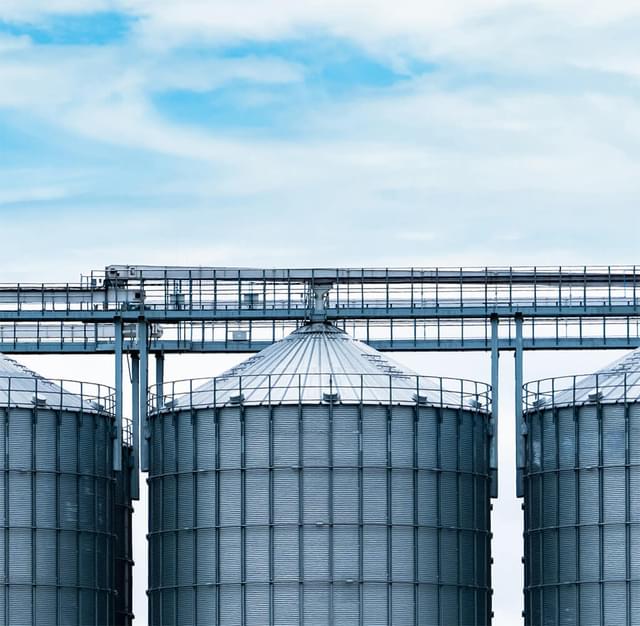
Manufacturing
By Use Case
By Industry
By Standard

Global
Chemical
Enterprise
Synopsis
To meet GHS compliance standards, BarTender and Adaptive Data Inc. partner to upgrade a specialty chemical manufacturer’s labeling system—keeping it scalable, adaptable, and cost efficient.
The implementation of the Globally Harmonized System for Hazard Communication (GHS) has provided an incentive for the chemical industry to reexamine its labeling and data management practices. By restructuring labeling processes and eliminating redundancies in their data sources, chemical companies hope to save time and cut costs while achieving regulatory labeling compliance.
A specialty chemical manufacturer worked with Ohio-based Seagull Scientific partner Adaptive Data Inc. (ADI) to manage a complete overhaul to their compliance labeling system. By deploying BarTender®, the company was able to build a scalable, adaptable labeling solution that helps them comply with GHS and other industry regulations while also capturing cost-saving efficiencies as the company grows through acquisition of new businesses, brands and product portfolios.
Managing variable data was also a big issue. The company focuses on a variety of specialized product lines for diverse industries, as well as production of industrial lubricants, cleaners, and sanitizers for the food industry. In many cases, the products they manufacture require different brand names for a single product, despite identical ingredients. In addition, several products’ labels require certification information, including toxicity spec numbers for chemicals, Kosher or Halal practices for food products or EPA’s DfE stamp for industrial cleaning products.
Complicating labeling processes even further, the company had recently acquired nine different chemical companies, each with its own set of labeling needs, printers and processes in place.
The first step was addressing weaknesses in the company’s existing labeling system.
“The company was using the wrong equipment,” said Mike Barker, Client Solutions Manager, ADI. “It was not suitable for printing on large pressure-sensitive sheets. They experienced frequent media jams, which stopped label production and wasted expensive label media.”
The company’s print methodology was complex. For every single product and SKU, there was a file. There were over 9,000 label files in the system. Because of the way the label formats and product data were stored, the print operator had to access four different software systems just to print a set of labels for one product. Using label stock preprinted with static as well as variable information, such as DOT hazard diamonds, often led to user error.
“We were producing labels four or five days in advance of a production run,” said the company’s Senior Regulatory Specialist. “If a shift couldn’t find the labels they needed at production time, they’d just reprint new labels. And chemical blending is not a finite process—sometimes we had too many labels, which wasted material, and other times we had to stop and print a few more, which wasted time and labor. The preprinted stock we used was expensive, and the amount of media we were throwing away was unacceptable.”
As a result, the company often exceeded the volume they had contracted for with their printer vendor, and thus were required to pay considerable per-click charges.
“We asked ourselves, ‘How do we do this better?’” the Regulatory Specialist said.
The need to meet the new GHS standards finally provided the motivation the company needed to fix their inefficient compliance labeling system. Because the company had previously owned an enterprise labeling solution, “and the experience wasn’t great, particularly the customer service,” the company proceeded cautiously, spending seven months carefully evaluating systems integrators and the labeling software available.
“ADI was chosen because we were able to present a comprehensive solution that takes advantage of the data they already had,” said Barker. “Using BarTender, we were able to build a user-friendly GHS solution that provided the company easy access to their existing product data. The system reduces media waste, and the company is realizing additional savings through the elimination of per-print click charges.”
Given the need to quickly assimilate data from the many and diverse systems of the company’s new acquisitions, BarTender’s industry-leading integration capabilities were a differentiator. ADI created a simple, graphical interface that allows centralized control of data and labeling. One action, whether job number, barcode scan, or alphanumeric key entry, gathers data from various places, populates the label, and sends the print job to any of several different printer types, sizes and brands at any of the company’s online facilities. The entry of one job number will typically produce two to four different labels, on up to four different printing devices.
Initial estimates were that the company could reduce their 9,000 label files to 70 or 80. But after the initial deployment, the final tally was 24. BarTender’s Intelligent Templates™ and the layering capabilities that they provide allowed the company the adaptability to do so.
Each of the company’s new BarTender label templates includes layers for regulatory, product and branding information as well as images required for industry certification.
When the operator scans or enters a job number or SKU, BarTender turns on the appropriate layers and retrieves all the information to meet customer, GHS and DOT requirements, as well the names and folder locations of all variable graphic elements.
Because only a small number of templates are required to print thousands of different labels, and since the operator creates the label out of existing product information through a forms-based point-and-click interface, the process is simple and secure.
The new ADI/BarTender chemical compliance labeling system is running a much higher volume of labels than anticipated. The company has realized greater accuracy in labeling processes, reduced waste and gained process efficiencies, all translating into cost savings. The labeling system is scalable and adaptable to accommodate the company’s rapid growth—data for newly acquired companies and products are quickly incorporated into the label database, making new product labels accessible to the production line immediately. “It’s infinitely easier to get newly acquired companies up and running,” said the Senior Regulatory Specialist, “and the customer service we’ve received has been excellent.”
Because the company is constantly folding in new product lines, the reduced effort required to manage formats and create new product labeling saves time and money. The company has reduced the number of label formats it requires from more than 9,000—that’s before integrating newly acquired companies into its system—to 24 across all of its current facilities.
“We’re now producing many more and different labels than one year ago, making it hard to calculate the net benefit,” said the Senior Regulatory Specialist, “but the process of making new labels is so much faster. For example, if a product was packaged and sold by the drum, but we wanted to add a new SKU and sell it by the pail, the labeling process had to start from scratch—the product information would be entered into a database by marketing, and information would be added to the label by the regulatory group. A different person would create the label, and then send it though the approval chain. Now, we just enter key data like the new SKU and net contents into the database—a five minute job—and the label is done.”

Manufacturing

Manufacturing

Supply Chain
